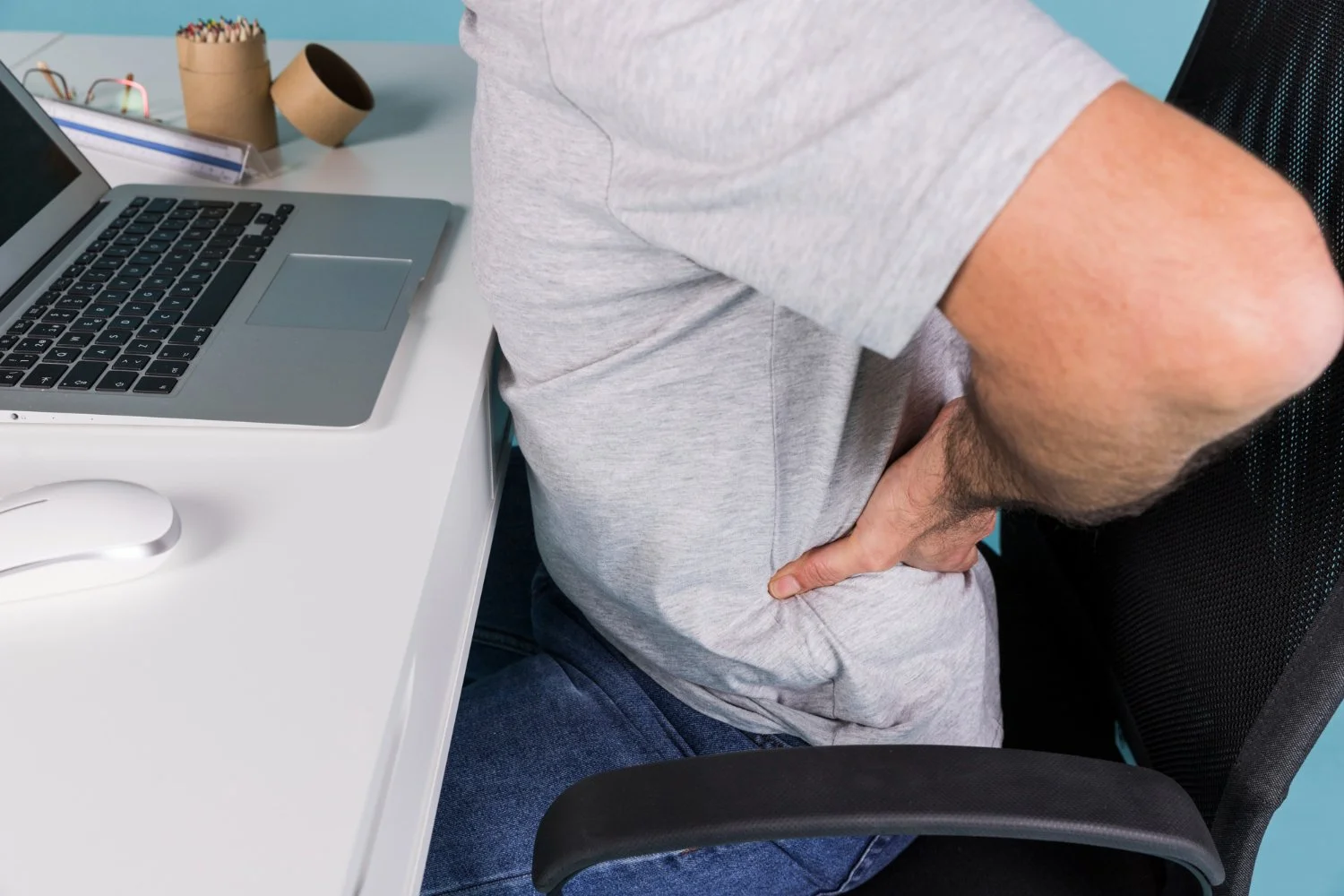Becoming Aware Of The Painful Bulging Disk Complications
Pain doesn't come into your life with a warning. Everything goes well and suddenly come complications. Just like that, you may witness bulging disk issues that imply the protruding of the disk's inner segment from its outer wall. The treatment for a bulging disc in the lower back becomes mandatory to avoid further complications.
In most cases, individuals complain of disk herniation or bulging in the lower back region. Furthermore, nervous compressions can give rise to sciatica, causing numbness in the legs. Let us observe the little-known facts that will help your disk bulge treatment.
Must-Know Stuff Before Initiating Treatment For Bulging Disk In Lower Back
Starting With The Types Of Disk Complications
Contained Vs. Non-Contained:
The latter matter implies breaking the inner gel-like substance through the disk's outer wall. However, a contained disk indicates that inner gel remains within the disk's wall.
Herniated Vs. Bulging:
A bulging disk is where the disk's outer wall remains at its position upon bulging. However, herniated disk represents the escape of inner gel from the exterior wall due to partial or complete rupture.
Details on Thoracic, Lumbar and Cervical Bulges:
The thoracic (mid-back) doesn't witness bulging disk symptoms. However, the possibility of complications always exists, leading to upper back pain. A bulging cervical disk occurs when the internal pressure of this disk expands to the intervertebral disk's outer section. Finally, a lumbar bulging disk can occur between the L1 and L5 vertebrae. The symptoms include lower back pain and weakness in the lower leg.
What Leads To The Manifestation of Bulging Disk?
Aging is one of the most common reasons that aggravates bulging disk complications. The other common causes include inappropriate posture, unbearable trauma, genetics, and heavy lifting without care, repetitive motions and obesity (which can accelerate the condition.) In these conditions, treatment for a bulging disk in the lower back becomes necessary.
Eyeing On The Diagnosis
The standard examination procedures include gait analysis, neurological examination, CT scans, MRI for bulging disk, monitoring the vital signs, X-Rays, electromyography and CT Myelogram.
Preventive Possibilities To Include
Strategies like lifting weights with maximum attention, maintaining an appropriate posture, saying no to smoking, exercising regularly and minimizing alcohol intake prevent bulging disks.
Non-Surgical Procedures
The popular non-surgical treatment for bulging discs in the lower back includes physical therapy, steroid injections, chiropractic attention, proper rest and pain medications according to the doctor's prescription.
Further Explanation Of Symptoms
Painful Signs on Thoracic Disk:
The pain may shift from the back to the nerve pathways.
Cervical Disk Pain:
Any devastation in the cervical disk can lead to intolerable pain that stretches from the neck to the fingers and arms.
Issues on the Lumbar Disk:
Bulging disk in the lower back region paves the way for painful complications in the legs, hips, feet and buttocks. Sciatica can interfere with the daily activities of individuals, impacting their well-being.
It's Time To Gain Victory Over Pain
The pain management doctors of Oklahoma Pain Treatment Centers help with a comprehensive bulging disk treatment. Our healing plan addresses the person's emotional, physical and psychological requirements. Furthermore, we ensure a minimally invasive approach to bring back your well-being. One call at (405) 751-0011 can resolve all your queries.
**Disclaimer: These tips are not advised or suggested by doctors. The products that are promoted here are not FDA-CERTIFIED to treat, cure or prevent any disease.

